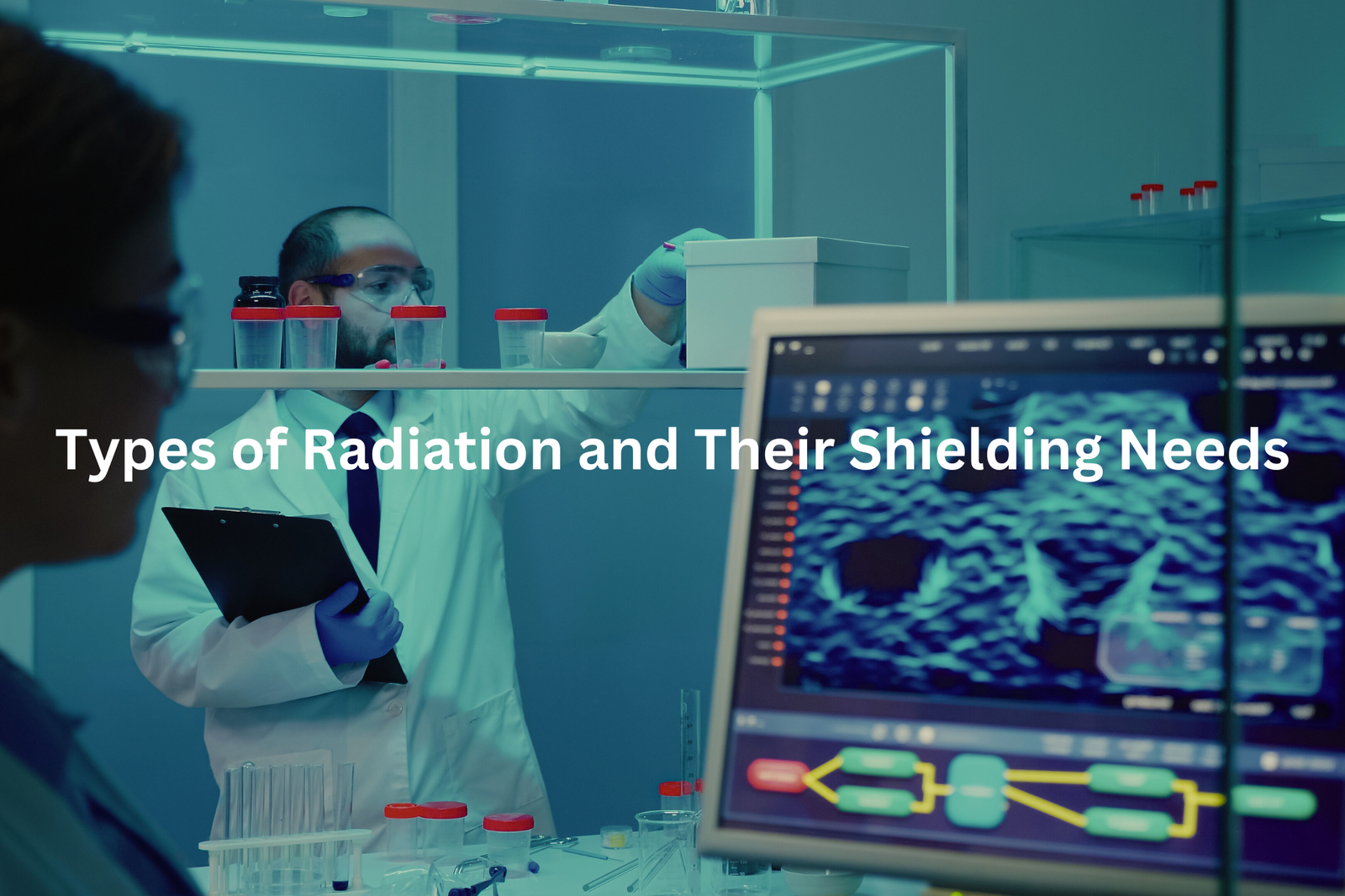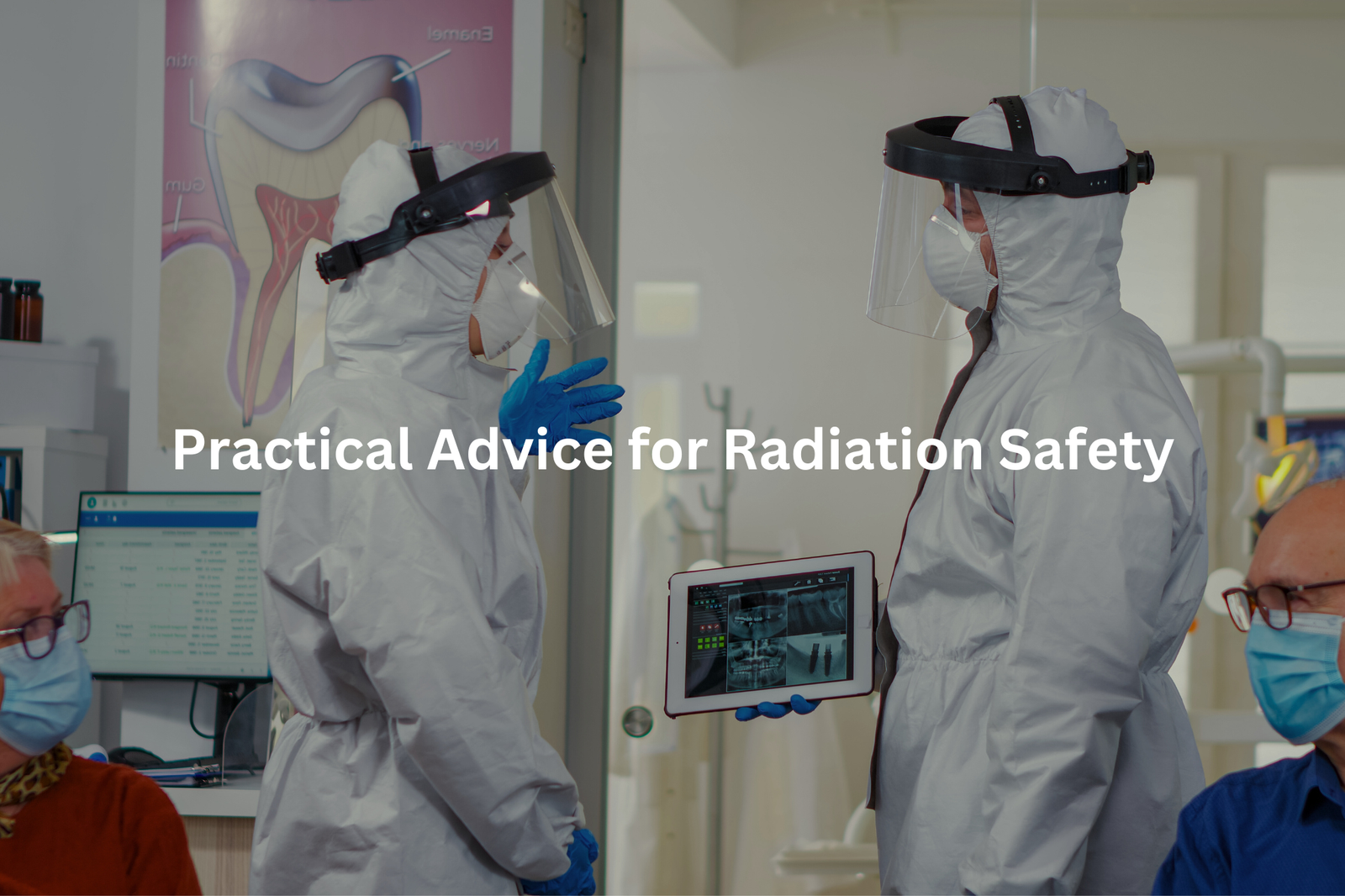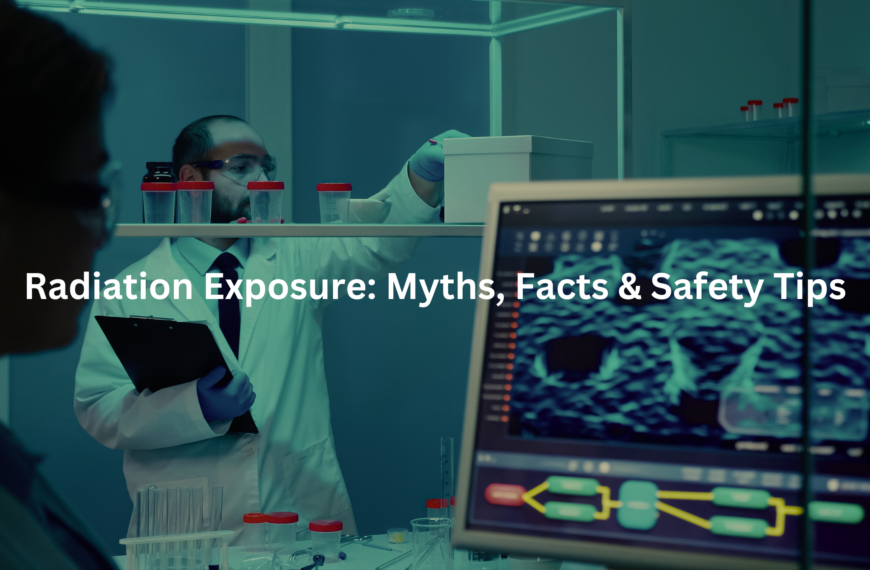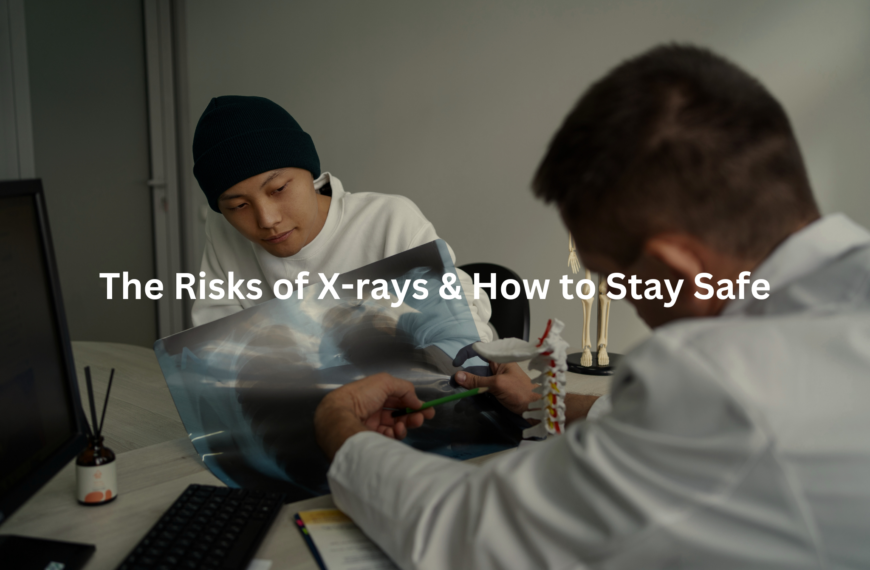Radiation shielding protects us from harmful rays. Learn how hospitals and labs use it to keep people safe.
Radiation shielding acts as a crucial barrier against harmful rays in medical settings. The protective materials (lead, concrete, and special glass) block dangerous radiation from reaching patients and staff. Lead aprons, walls, and screens work together to create safe spaces in hospitals and labs. These shields stop about 95% of radiation from passing through during X-rays and other procedures.
Medical teams rely on different thicknesses of shielding, ranging from 0.5mm to 2mm lead equivalent, based on the type of radiation they’re blocking. Proper shielding helps create safer healthcare environments for everyone. So, if you want to learn more about how radiation shielding works and why it’s essential, keep reading!
Key Takeaway
- Radiation shielding protects us from harmful rays, like gamma rays.
- Different types of radiation need different materials for protection.
- Following safety rules helps keep everyone safe from radiation exposure.
What is Radiation Shielding?
Radiation moves through the environment in many forms, from the ground up to outer space. While most radiation poses no threat, certain types need proper protection to keep people safe.
Two main types of radiation exist in medical settings and daily life(1). Ionising radiation (X-rays and gamma rays) can harm cells and might cause cancer. Non-ionising radiation (radio waves and microwaves) typically doesn’t cause damage.
Medical facilities and nuclear sites use specific materials for protection. Lead aprons block X-rays in hospitals, concrete walls shield nuclear reactors, and water helps cool nuclear fuel rods. The measurement unit for radiation absorption is the gray (Gy) – a chest X-ray delivers about 0.0001 Gy.
Protection methods include:
- Using dense materials like lead
- Creating distance from radiation sources
- Limiting exposure time
- Installing concrete barriers
Basic safety rules and proper shielding help manage radiation risks in medical settings and beyond.
Types of Radiation and Their Shielding Needs

Radiation exists naturally throughout the environment. From the sun’s rays to potassium-40 in bananas, different types affect living things in unique ways.
Three main radiation types require different protection methods(2):
Alpha Particles:
- Large, slow-moving particles
- Blocked by paper or skin
- Dangerous only if inhaled or ingested
Beta Particles:
- Smaller, faster particles
- Stopped by plastic or glass
- Can cause skin burns
Gamma Rays:
- High-energy waves
- Pass through most materials
- Need thick lead or concrete barriers
Medical facilities use gamma radiation for cancer treatment, with protective walls up to one metre thick. Commercial flights at high altitudes expose passengers to cosmic radiation – a Sydney to LA flight results in about 0.04 millisieverts of exposure.
Protection methods vary by radiation type. Alpha radiation needs basic barriers, beta needs moderate shielding, while gamma requires dense materials plus distance for safety. The further from a radiation source, the lower the exposure becomes.
The ALARA Principle
Sources: General Radiology.
Radiation moves silently through hospitals, nuclear facilities and aircraft, invisible yet present. ALARA (As Low As Reasonably Achievable) stands as the primary safety principle for managing radiation exposure in medical settings.
Three essential rules guide ALARA practices:
- Time: Reduced exposure duration lowers risk. Medical staff limit their time near radiation sources during procedures.
- Distance: Radiation weakens with distance (following the inverse square law). A few metres of separation dramatically reduces exposure levels.
- Shielding: Protective barriers block harmful rays. Lead aprons protect during X-rays, while thick concrete walls shield radiation therapy areas.
In medical facilities, staff wear dosimeters to track exposure levels (typically checking monthly readings). Commercial pilots face cosmic radiation exposure of 0.2 millisieverts per Sydney-London flight, requiring careful monitoring.
While average people rarely need worry about radiation, healthcare workers follow these guidelines daily. Proper distance, minimal time, and appropriate shielding create safer medical environments for everyone.
Regulations in Australia
Radiation shielding follows strict rules in Australia. Every medical facility must meet exact standards to keep people safe from harmful rays.
NSW has clear guidelines for radiation protection:
Planning Phase:
- Engineers work out exact measurements for walls and barriers
- Calculations determine proper lead thickness (usually 2-3 mm for standard X-ray rooms)
- Concrete density checks ensure proper coverage
Safety Limits:
- Medical staff: max 100 μSv weekly exposure
- Public areas: max 20 μSv weekly exposure
- Regular monitoring keeps levels in check
Different facilities need different protection:
- X-ray rooms require lead-lined walls
- Nuclear medicine departments use thicker barriers
- Dental clinics need smaller protective screens
Modern Australian hospitals use multiple safety layers. Protective barriers, warning signs, and restricted zones work together. Regular testing makes sure shields stay effective. When facilities follow these rules, radiation stays where it belongs – inside the treatment room.
Material Selection for Shielding
Radiation shielding needs careful material selection(3). The higher the atomic number, the better a material blocks radiation. Lead, with its atomic number of 82, stands out as a top choice in medical settings.
Different shields work for different radiation types:
Lead Shields (5-10 mm thick)
- Block gamma rays and X-rays
- Used in radiology departments
- Forms protective barriers
Graded-Z Shields
- Multiple materials working together
- Includes plastic, aluminium, lead
- Stops various radiation forms
Concrete Barriers (30 cm thick)
- Cost-effective for large areas
- Common in treatment rooms
- Provides broad protection
Regular testing with Geiger counters confirms shield effectiveness. Australian radiation safety standards set clear limits: 20 μSv weekly for the public, 100 μSv for medical staff. Proper shielding keeps radiation contained to treatment areas, making medical procedures safer for everyone.
Practical Advice for Radiation Safety

X-ray radiation needs proper handling in medical settings. Lead aprons, gloves, and thyroid shields block up to 95% of scattered rays, making them essential safety gear for medical staff.
Distance plays a big role in protection. The inverse square law shows that doubling the distance from a radiation source cuts exposure to just one-fourth. Even moving one metre away makes a real difference in safety.
Time matters too. Medical workers track their exposure in microsieverts (μSv). Weekly limits are set at 100 μSv for staff and 20 μSv for patients and visitors. These numbers help keep everyone safe.
Proper shielding in X-ray rooms must include:
- Lead-lined walls (0.5 mm thickness)
- Sealed gaps around doors
- Protected viewing windows
- Proper warning signs
Regular safety checks of equipment and rooms help spot problems before they become risks. Smart protection means using time, distance, and shielding together.
FAQ
What are the main types of radiation that require shielding?
The main types of radiation that require shielding are gamma rays, X-rays, and other forms of ionising radiation. These high-energy waves can penetrate the body and potentially cause health risks if not properly shielded. Radiation shielding solutions like lead lining and lead aprons are crucial for protecting against exposure to these types of radiation, especially in medical imaging and other high-energy radiation sources.
How does radiation shielding protect against health risks?
Radiation shielding, such as lead lining and appropriate thickness for radiation, helps block ionising radiation like gamma rays and X-rays. This prevents these high-energy waves from penetrating the body and damaging cells, which can lead to health risks like increased cancer rates. Proper radiation safety and shielding solutions are essential for minimising exposure and protecting the health of those working with radiation sources, whether in medical imaging or other industrial settings.
What are some common radiation shielding materials and their effectiveness?
Common radiation shielding materials include lead, concrete, and water. Lead is highly effective at blocking gamma rays and X-rays, with thicker lead lining providing better protection. Concrete and water can also shield against certain types of radiation, though their effectiveness depends on the thickness and density of the material. Understanding the radiation source and selecting the appropriate shielding solution, such as ray protection and autorenew packs, is crucial for ensuring radiation safety.
How can I ensure proper radiation protection in my workplace or medical facility?
Ensuring proper radiation protection in your workplace or medical facility involves implementing radiation safety standards, utilising appropriate shielding solutions like lead aprons, and monitoring radiation exposure levels. Following safety guidelines, using radiation shielding materials of the correct thickness for the radiation source, and regularly testing for ionising radiation can help protect workers and patients from the health risks associated with high-energy radiation exposure.
What are some best practices for handling and disposing of radioactive materials?
Best practices for handling and disposing of radioactive materials include using specialised radiation shielding solutions, such as lead-lined containers or autorenew packs, to contain and transport the materials. Adhering to radiation safety standards, properly labelling and securing radioactive sources, and following local regulations for the safe disposal of ionising radiation materials are all critical steps to minimise health risks and environmental impact.
Conclusion
Radiation shielding stands as a crucial defense against harmful rays in medical settings. Lead and concrete barriers (each at least 2.5 cm thick) create protective walls in hospitals and labs across Australia. Safety protocols demand proper distance from radiation sources, plus wearing lead aprons and thyroid shields.
Medical staff must stay behind protective barriers, maintaining a safe 3-meter distance from active x-ray equipment. These measures block up to 95% of scattered radiation, keeping everyone protected during medical procedures.
References
- https://www.arpansa.gov.au/understanding-radiation/radiation-sources/more-radiation-sources
- https://www.epa.nsw.gov.au/-/media/epa/corporate-site/resources/radiation/150136-radiation-guideline-7.pdf
- https://www.admnucleartechnologies.com.au/blog/adm-nuclear-technologies-suppliers-radiation-shielding-materials




